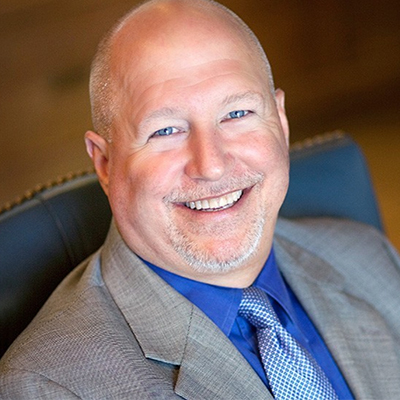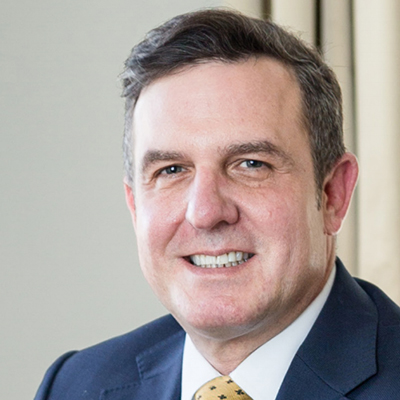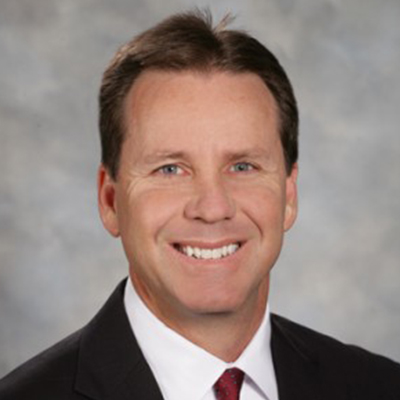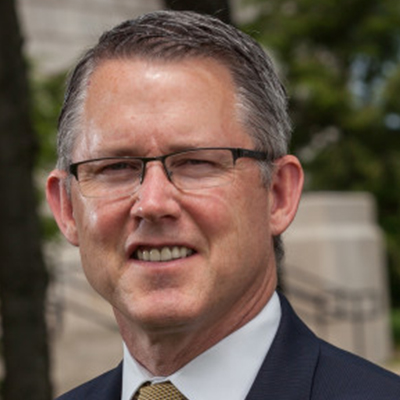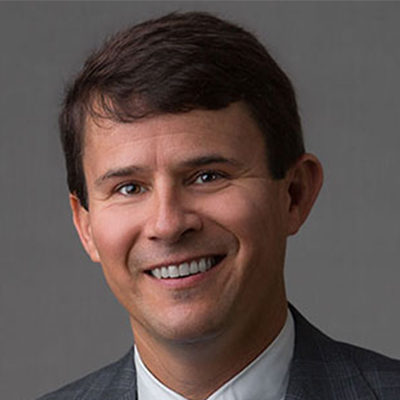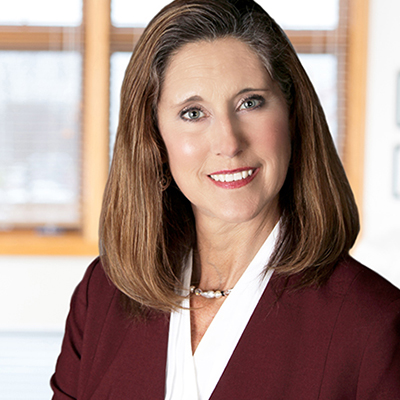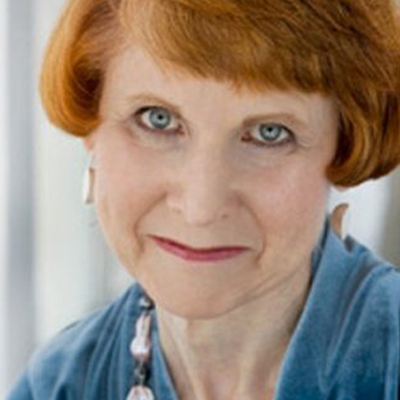Anyone awake on this planet knows that organizations are feeling challenged, if not flummoxed, by attitudinal and behavioral differences among the generations. While not yet having figured out the younger half of Generation X (those born approximately from 1970-78), they have been struck by the next generational wave – Generation Y, also know as Millennials. Each of the three or four generations in today’s workplace requires a different style of management to get the most out of them. Dialogues among work teams are central to establishing the most effective approaches and are where practical change happens.
Dialogue is more important than ever because there is too little in-depth communication and feedback, formal or informal. The ever more diverse team members need to understand each other’s needs, objectives, talents and attitudes better. Retention and productivity are based primarily on relationships, and misunderstandings are costly.
Typical issues that arise among the generations in the workplace for which we employ facilitated dialogues are desire for work-life flexibility; differing attitudes about teamwork; different communication styles; older professionals reporting to younger managers; and perceptions about work ethic.
Of course, dialogues on issues other than generational ones are extremely valuable for building and retaining a high performance culture. These might include: project management, client contact preferences, staffing of assignments and face-time issues, to name a few. Effective
communication is key for making anything work, but dialogues are a particular type of communication. Not only are they two-way, but also the balance of power is intended to be more evenly distributed than in a one-way or command and control type of communication.
The younger generations have little respect for authority that is not earned by merit and personal relationships. Mere seniority and appointed position is not enough to earn loyalty. Generation Y (or “Why”) expects to be able to have input, and one of the keys to engagement is to listen to their ideas and consider them. They don’t expect all their ideas to be accepted, but they want the respect of being heard. Remember that they have been educated since childhood to express their views, and they have received praise for doing so. The command and control style of leadership and management is an unwelcome jolt to them. Managers need to learn to give both formal and informal feedback as a two-way discussion in order to have the desired effect.
Blogger Ryan Paugh on www.EmployeeEvolution.com wrote of a training seminar he, a Millennial at age 23 (a.k.a. member of Generation Y), gave for managers at the organization he works for. The company was rethinking how it was going to do business and was going to evolve.
Most of the managers, who had at least 10 years tenure at the company, didn’t want to have to change. But the most positive thing about the seminar and the way the company approached it was that everyone was encouraged to challenge the new business model without fear of
retribution. And that happens best in a community of dialogue.
This so resonates with me and what I aim to do in my work to improve the working relationships among the generations in the workplace. We need to nudge organizations beyond conducting a primer on the attributes of the various generations and the influences and events that played a significant role in explaining how their common set of attitudes were formed. That is only the second small step toward change. The first step is the willingness to recognize a problem.
How Change Happens
Change occurs through open and continuing dialogue. One of the best ways, is through facilitated dialogues among multi-generational members of work teams. Whatever the tension-causing issues are, it is vital to get the differing views out on the table in a non-threatening manner.
Dialogues are best facilitated by a neutral party, a coaching-trained professional from either inside or outside the firm, or a person who has facilitator training and experience. An environment of respect and absence of fear of retribution lays a foundation for producing
satisfying resolutions. (I find my mediation training is a very useful tool in this context.) As one possibility, administrators could take the initiative in developing a process whereby work teams routinely conduct a dialogue at the beginning of each new project to set shared goals, clarify each team member’s role and expectations and how results will be measured and recognized. They can pilot the process with a few teams, make modifications as needed and gradually spread the process throughout the organization. For teams comprised of members across far-flung offices, administrators can handle logistics with their counterparts in other offices, using conference calls and, perhaps video-conferencing.
Conducting the Dialogue
Here is a brief outline of steps for conducting the dialogue.
- Gather together as a group for apre-determined period of time with an agenda of issues.
- Articulate the desired outcomes and common goals.
- Agree to listen to each viewpoint respectfully.
- Give each viewpoint an opportunity to be expressed pointing out specifics with a minimum of emotion.
- Allow opportunity for clarifications so each viewpoint is understood.
- Don’t dwell on the past, but rather focus on possible ways to achieve the desired outcomes using appreciative Inquiry questions. Brainstorm alternative approaches.
- Choose as a group a few approaches to try. Outline action steps and responsibilities.
- Agree on ways to track results, accountability and change.
- Celebrate success and spread the word.
Some useful questions might include:
- What have been the most gratifying and rewarding experiences as a multi-generational team?
- What do you value most about each team member and the attributes of his/her generation?
- What challenges, disappointments or roadblocks have we successfully addressed together?
- What factors from a generational perspective contributed to successfully overcoming those obstacles?
- What are our common goals?
- What three things do you commit to do to increase the strength and effectiveness of our team?
Here’s an illustration of how I’ve gotten firms started using dialogues on generational and related workplace issues.
For a large, multi-office firm we piloted them using a series of exercises in one office with lawyers and a few managers and directors during a professional development program. We divided the participants into groups of three generations (at least two from each generation per group). Some of the discussion themes were: Name your generation and tell what social, cultural, political, economic forces influenced your view of your work life: What would you like colleagues of other generations to know about your strengths/assets as a team member? and How do you define the kind of flexibility you would like to find in a work environment that would inspire you to stay at the firm and be most productive? If granted, what would you feel are your responsibilities to the firm and your co-workers?
I provided several sub-questions to facilitate the discussions. We shared some of the insights the dialogues brought out. Some of the participants were eager to try the discussions with their work teams as the next step and to integrate what they learned to improve teamwork.
When implementing dialogues among work teams, I highly recommend having each member take the DiSC personal behavioral assessment and creating a group culture report. This provides extremely valuable information on personal styles and patterns of behavior to both anticipate and capitalize on. Understanding other members’ styles as well as one’s own and the group culture overall is a time-saver and facilitates rapport-building and effective team dynamics.
When piloted with a group of people willing to try something new either because that is their natural preference or because frustration and pain makes them eager to find solutions, buy-in may come easily. For others, we can expect the typical resistance. There is the “we don’t have time for this” excuse. Or the senior people always decide what to do, so there is nothing to discuss. Or “it’s working well enough” (for the decision-makers, anyway). Nonetheless, change may be necessary to keep people engaged and motivated.
.
Yes, incorporating dialogues will take some time, but not nearly as much time and expenditure of negative energy as ignoring the issues and sapping productivity while tensions fester. All generations and all different viewpoints have a right to a respectful forum. Dialogues will be
encouraged in any organization that aspires to be a leader in its field and an employer of choice.
I encourage you to dialogue with me on your thoughts and with questions on how this method works.
About the Author
Phyllis Weiss Haserot is the president of Practice Development Counsel, a business development and organizational effectiveness consulting and coaching firm working with professional firms for over 20 years. A special focus is on the profitability of improving intergenerational relations in the workplace. Phyllis is the author of The Rainmaking Machine” and “The Marketer’s Handbook of Tips & Checklists” (both Thomson/West Reuters 2008) and “Cross-Generational Conversation,” a book in progress.
© Phyllis Weiss Haserot, 2009. All rights reserved.





